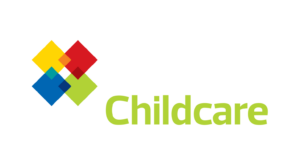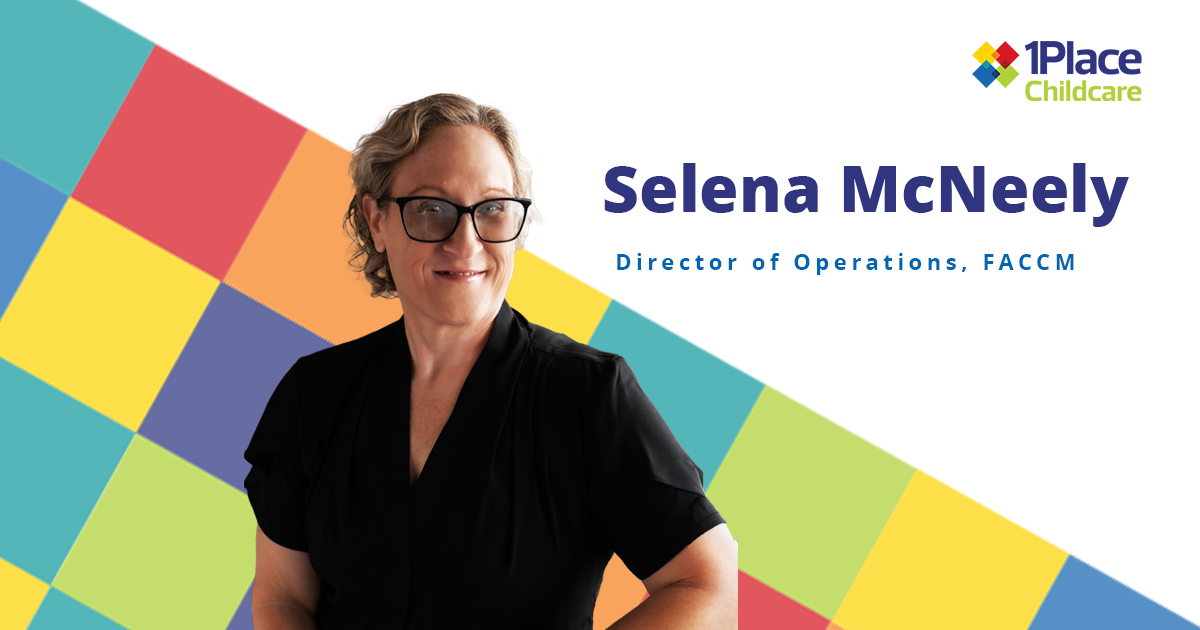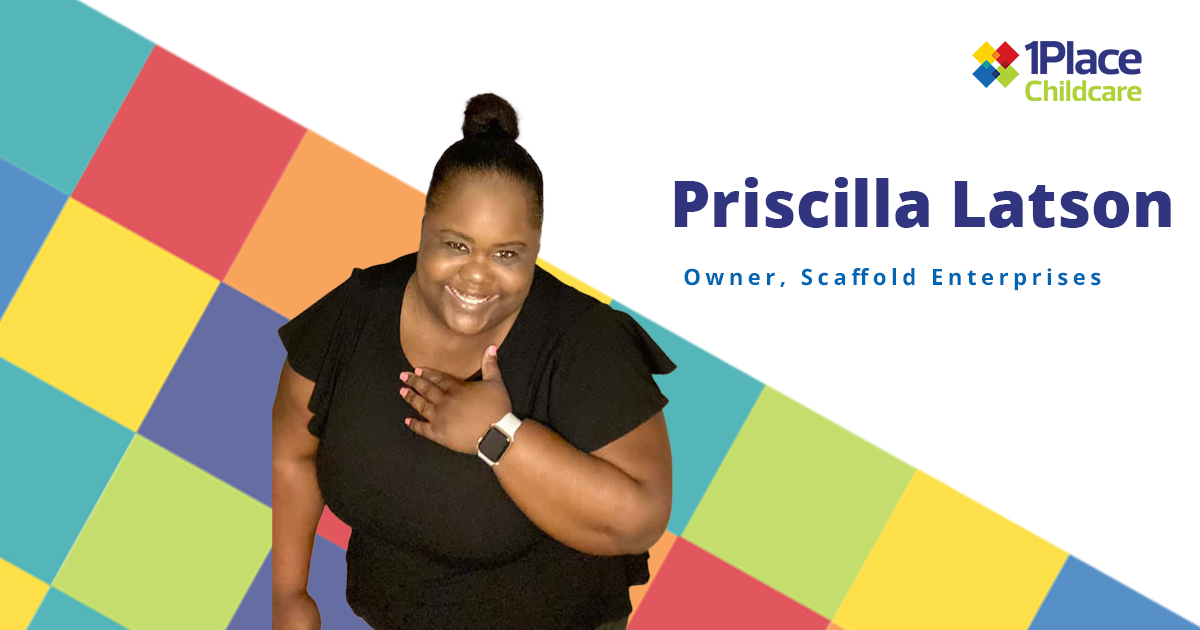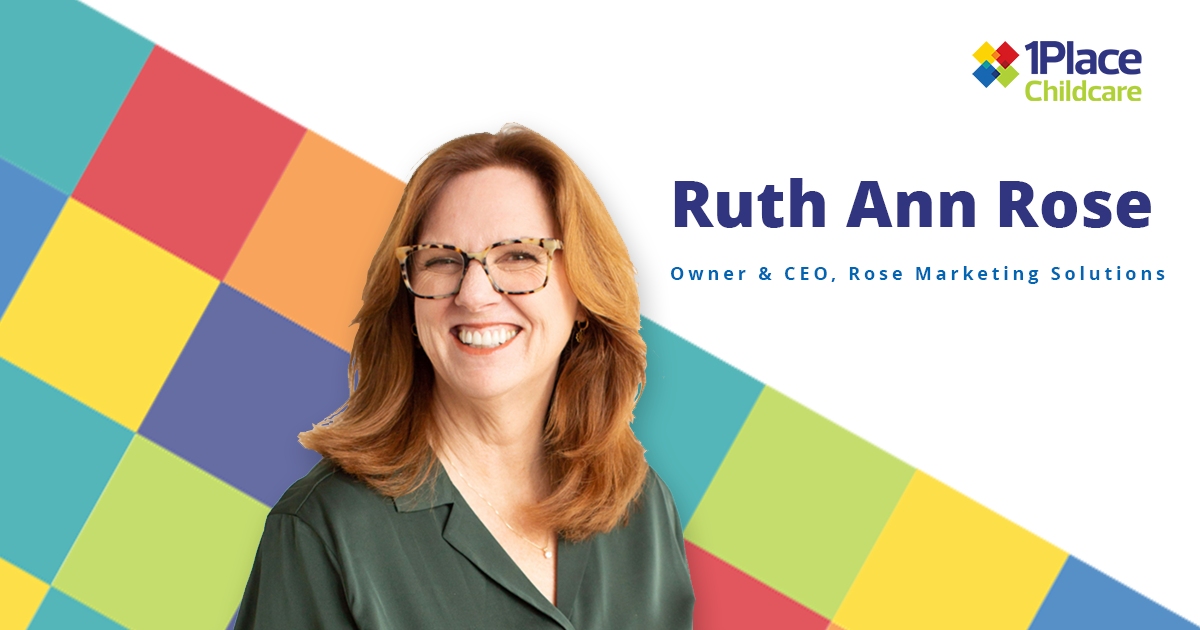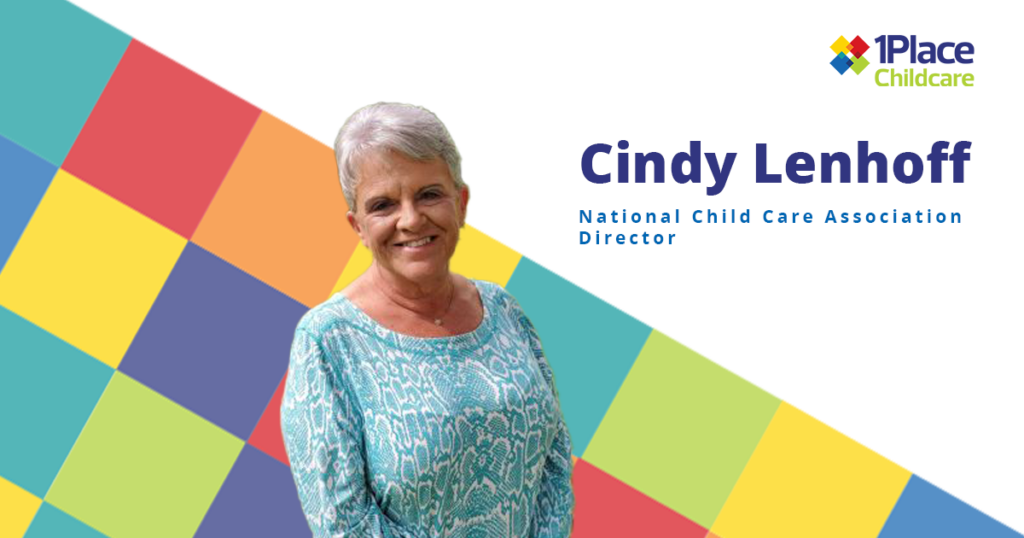
The childcare industry is at a crossroads, with funding challenges, regulatory gaps, and policy inconsistencies affecting both providers and families. As part of our Virtual Coffee Series, we recently sat down with Cindy Lehnhoff, Director at the National Child Care Association (NCCA), who has years of experience in the childcare and early education space.
In our discussion, Cindy shared valuable insights into the current state of the industry, focusing on the expiration of ARPA funding, the unequal treatment of public and private preschool programs, and the urgent need for enhanced advocacy efforts. Below is a Q&A capturing the highlights of our conversation.
Can you explain why childcare providers across the country feel isolated in their struggles?
Many childcare providers feel isolated because they think the challenges they’re facing are unique to their region or state. This is especially true when providers are only connected within their own states. For example, I recently spoke with providers in Georgia who were struggling with budget shortfalls and increasing costs, thinking it was only a local issue. However, this is a nationwide problem. The expiration of the federal ARPA funding, which provided $50 billion to the childcare industry, is affecting states across the country. Many providers are facing reduced enrollment because parents can no longer afford copayments, which leads to cascading financial challenges for providers, such as rising operational costs.
What can you tell us about the ARPA funding and its impact on the childcare sector?
The ARPA funding, which expired in two phases—September 2023 and September 2024—was a vital source of support for the childcare industry. Unfortunately, only about 14 states took steps to counteract this loss in their state budgets, leaving most states scrambling to address the gap. Even in the states that did act, only a few were able to allocate sufficient funds. As a result, childcare costs will rise across the board, whether you’re a subsidized family or a full-paying customer. This is going to price more middle-class families out of care, and it’s not because providers want to increase rates, but because they have no other choice if they’re going to stay afloat.
There’s been a lot of discussion about the rise of universal pre-K programs. How do these programs affect private childcare providers?
Universal pre-K programs, particularly those housed in public schools, are creating an unlevel playing field for private preschools. These public programs often don’t have to meet the same rigorous health and safety licensing requirements that private centers do. For example, public schools aren’t always required to have the same safety measures, like proper fall zones under playground equipment, that private providers are held to. This discrepancy in regulation makes it difficult for private providers to compete, especially when parents assume the public programs offer equal or better care simply because they’re housed within the public education system.
Why is there such a disparity in regulatory requirements between public and private early education programs?
Honestly, we’ve never been given a clear answer to that question. The assumption is often that because public school teachers are credentialed, their programs must operate at a higher level, but that’s not the case when it comes to health and safety standards. Public programs don’t always have the same regulatory oversight as private ones, and this can lead to safety issues that would never be tolerated in the private sector. For example, my granddaughter was once left on a school bus by a public school system, and despite her being a kindergartener, no one took responsibility or apologized. If a private childcare provider had made that mistake, they would have faced severe consequences, including potentially losing their license to transport children.
How does the rise of public pre-K programs impact childcare affordability and accessibility?
The rise of public pre-K programs is creating additional barriers for private providers while also failing to solve the issue of affordability for families. Many families see public pre-K as an attractive option because it’s free, even if it’s only part-time. However, what we’re seeing is that private providers are left with younger children—infants and toddlers—who are more expensive to care for because of the stricter adult-to-child ratios required. This drives up costs for everyone. Additionally, these programs are not addressing the larger issue of childcare deserts, where more children need spots than there are available. We still have 51% of children under six living in areas with insufficient childcare options.
How do political responses to the childcare crisis affect the future of the industry?
This upcoming election is the first where we’re seeing presidential candidates being asked directly about their plans for childcare. Unfortunately, many of the responses are vague, and while there are promises like ensuring families only have to spend 7% of their income on childcare, these are easier said than done. Congress controls the funding, and even with bipartisan support, it’s hard to get comprehensive solutions passed. We saw this firsthand when the Democrats controlled both the presidency and Congress, but still couldn’t push through a lasting solution for childcare. What we need is a true bipartisan effort that incorporates ideas from both sides of the aisle.
What are some key points you think legislators need to understand about childcare?
There are two main points we need to drive home with legislators. First, childcare is infrastructure. It’s the workforce behind the workforce. Without affordable and accessible childcare, parents can’t participate fully in the workforce, which affects the broader economy. Second, we need to fix the recruitment and retention crisis within the childcare workforce. There’s been talk of offering free childcare to first responders in Washington, DC, to help with their staffing shortages, but that’s not going to work if we don’t address the root problem, which is that we can’t hire enough childcare workers. Offering free childcare to first responders won’t matter if we can’t staff those centers.
What role does advocacy play in changing the landscape for childcare providers and families?
Advocacy is critical right now. Those of us who have spent our careers in this field need to step up and educate legislators about the realities of the childcare industry. We need to show them that this is not just about offering a service but providing an essential piece of our nation’s economic infrastructure. We need to communicate that the people caring for our children—especially those from zero to five—are highly skilled professionals who deserve recognition and respect, and that they are crucial to the success of working families. Without high-quality, affordable childcare, our economy simply cannot function.
How do you see the future of the childcare industry unfolding?
We are at a pivotal moment. If we don’t act now to fix the systemic issues in the childcare industry, we will continue to see rising costs, shrinking access, and a workforce that is unable to fully participate in the economy. At the same time, I’m hopeful because we are finally seeing childcare take center stage in national conversations. If we can rally behind bipartisan solutions and get the support we need from legislators, there’s potential for real, lasting change.
We loved speaking to Cindy. If you or someone you know has a story to share, we’d love to have a discussion. Let us know via the website, Facebook or LinkedIn.
